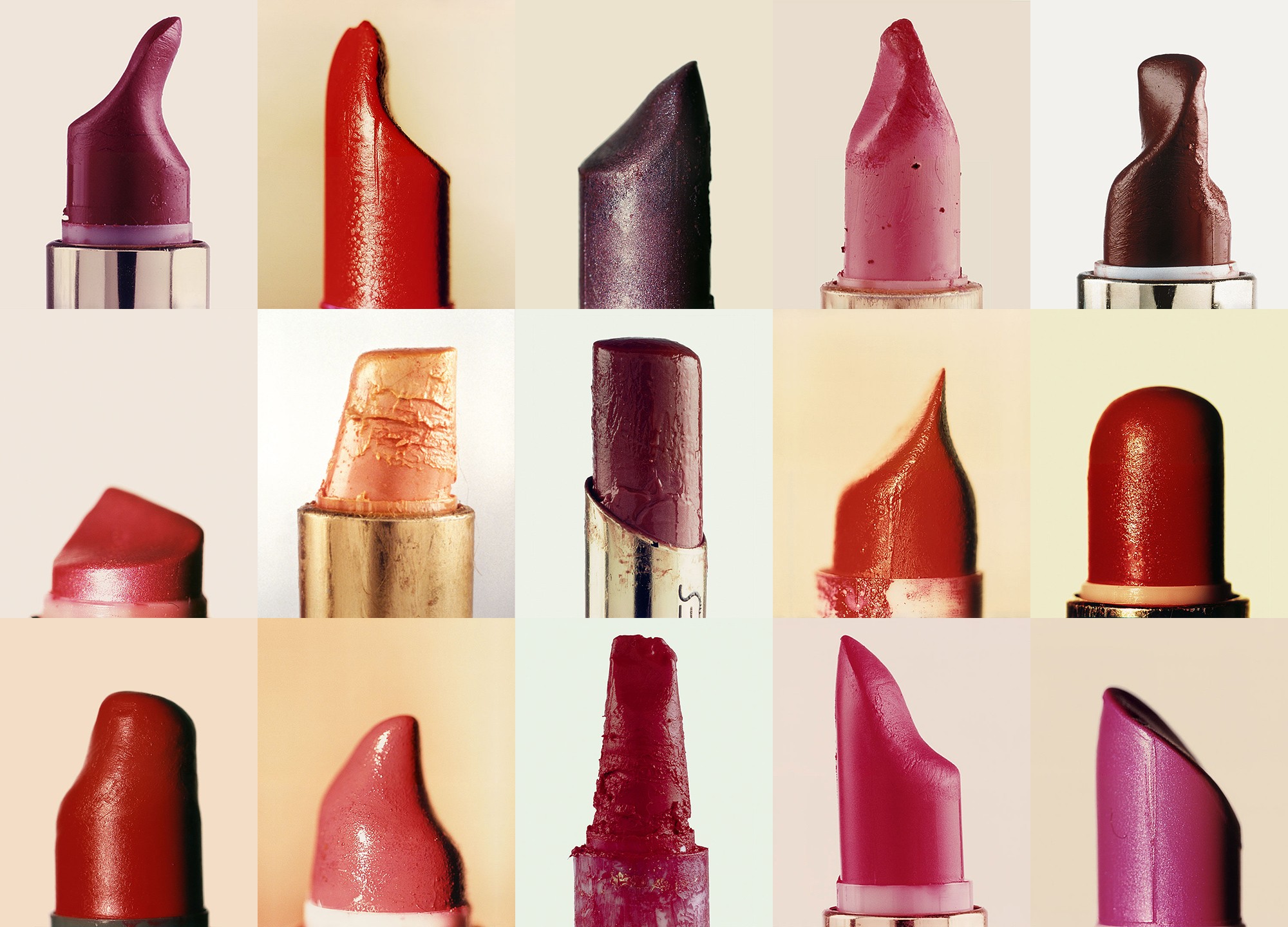Assignment 10
Collection: Object
Start a collection. This collection should be a group of physical objects you can acquire. It should have a visual quality you find intriguing. Visually reveal something you find interesting about your object through your investigation and documentation.
Week 1
Our main concern this week is: What is your object? What is the appropriate method for documentation? We will review your three approaches in the round and help decide the best method to move forward with.
1. Decide on your object and collect six examples.
2.Document or render your six objects using three different methods.
3. Print your images on 8.5×11 paper, single sided, one image per page, organized by method of documentation (You should have 18 sheets total.)
Some Advice
Find a way to document your object which will reveal something visually interesting. Your documentation method should be chosen based on your object. Some ideas include rubbings to reveal an objects texture, scanning to reveal precise details, or photographing from multiple angles with a high resolution camera. DO NOT just photograph your object. Explore different materials, methods and processes. Your documentation should be visually compelling. This means, find beauty in your documentation method. Consider your object and which method does the best job in expressing your objects unique qualities. These images will find their way into your final project, so be intentional.
It’s recommended to choose an object that isn’t overly complex. Something simple and ubiquitous. If it’s readily available you will have an easier time collecting and documenting your object.
The goal of this assignment is to visually reveal something you find interesting about your object through your investigation and documentation. As you collect something think about similarities and differences you may identify.
Previous student collections have included: Price tags, leaves, oranges, soil samples, stamps, buttons, standpipes, etc.

Background
Look through the sample PDF of Peter Buchanan Smith’s book ‘SPECK: A Curious Collection of Uncommon Things’. Notice the documentation of odd and unusual objects, and their visual quality. See that in their documentation they expose a new way to look at the commonplace. The image above is from Stacy Greene’s Lipstick series photographs from the 1990s.
Background
Ways of Seeing is a 1972 television series of 30-minute films created chiefly by writer John Berger. It was broadcast on BBC Two in January 1972 and adapted into a book of the same name. The series was intended as a response to Kenneth Clark's Civilisation TV series, which represents a more traditionalist view of the Western artistic and cultural canon, and the series and book criticise traditional Western cultural aesthetics by raising questions about hidden ideologies in visual images.According to James Bridle, Berger "didn't just help us gain a new perspective on viewing art with his 1972 series Ways of Seeing – he also revealed much about the world in which we live. Whether exploring the history of the female nude or the status of oil paint, his landmark series showed how art revealed the social and political systems in which it was made. He also examined what had changed in our ways of seeing in the time between when the art was made and today."
Source
This has been adapted from an assignment given by Julien Bittner at Yale University. Thank you.